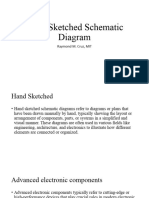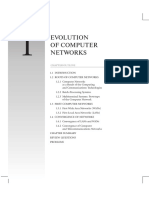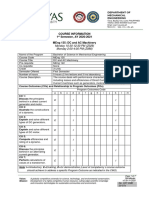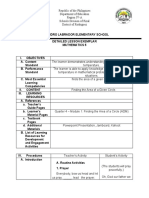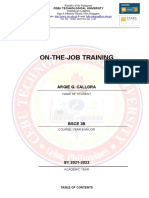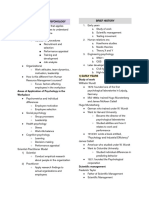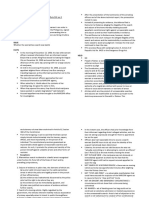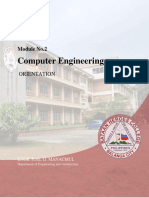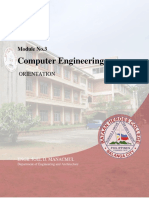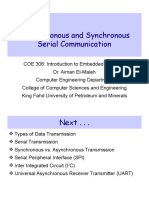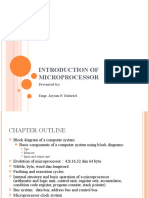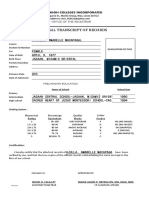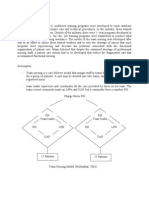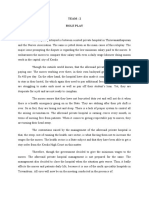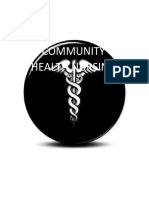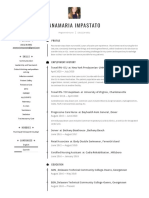0% found this document useful (0 votes)
196 views12 pagesModule 2 and 3
This document provides an overview of computer systems and their components. It discusses that a computer system consists of hardware, software, and peopleware. The major hardware components are the central processing unit, memory, input devices like keyboards and mice, and output devices like monitors and printers. Software tells the computer how to perform tasks and can be system software like operating systems or applications. A computer system accepts data as input, processes it, stores it, and outputs information.
Uploaded by
Jerome BarraCopyright
© © All Rights Reserved
We take content rights seriously. If you suspect this is your content, claim it here.
Available Formats
Download as DOCX, PDF, TXT or read online on Scribd
0% found this document useful (0 votes)
196 views12 pagesModule 2 and 3
This document provides an overview of computer systems and their components. It discusses that a computer system consists of hardware, software, and peopleware. The major hardware components are the central processing unit, memory, input devices like keyboards and mice, and output devices like monitors and printers. Software tells the computer how to perform tasks and can be system software like operating systems or applications. A computer system accepts data as input, processes it, stores it, and outputs information.
Uploaded by
Jerome BarraCopyright
© © All Rights Reserved
We take content rights seriously. If you suspect this is your content, claim it here.
Available Formats
Download as DOCX, PDF, TXT or read online on Scribd
/ 12



